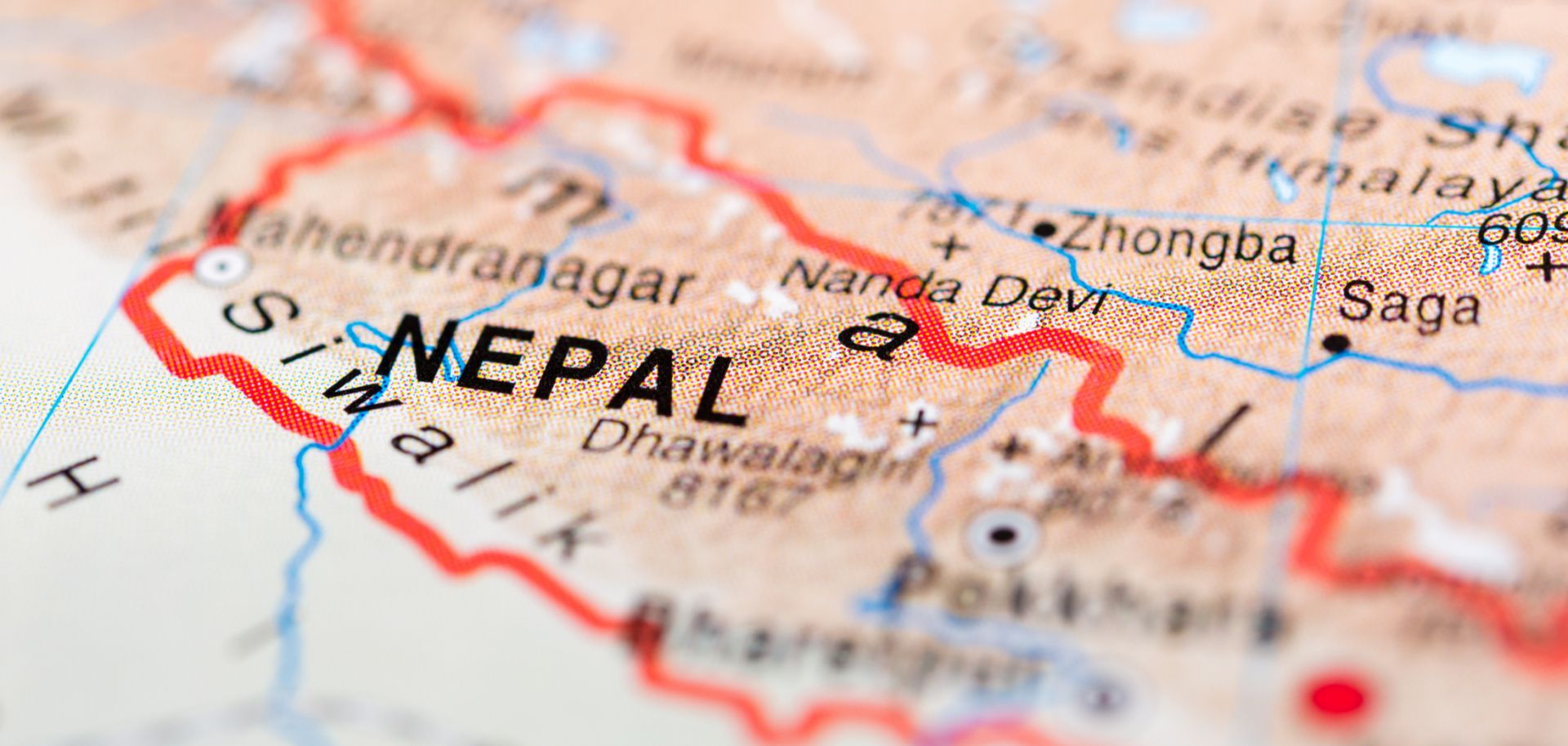GLOBAL PERSPECTIVES
In Nepal, Globalization Finds a New Venue

Jul 19, 2018 | 08:00 GMT

For much of its history, Nepal marked the far edge of South Asia. But as China has reasserted itself as a global power, the country's remote location has become an advantage.
(atdr/Shutterstock)
Highlights
- Nepal, once relegated to the geopolitical fringes, has become the subject of growing Chinese interest — and investment — over the past few decades.
- The country will continue to take advantage of its proximity to China, benefiting from investment and infrastructure projects under the Belt and Road Initiative.
- As Western powers such as the United States pull back from globalization, China will step in to increase its influence in the developing world.
Subscribe Now
SubscribeAlready have an account?
